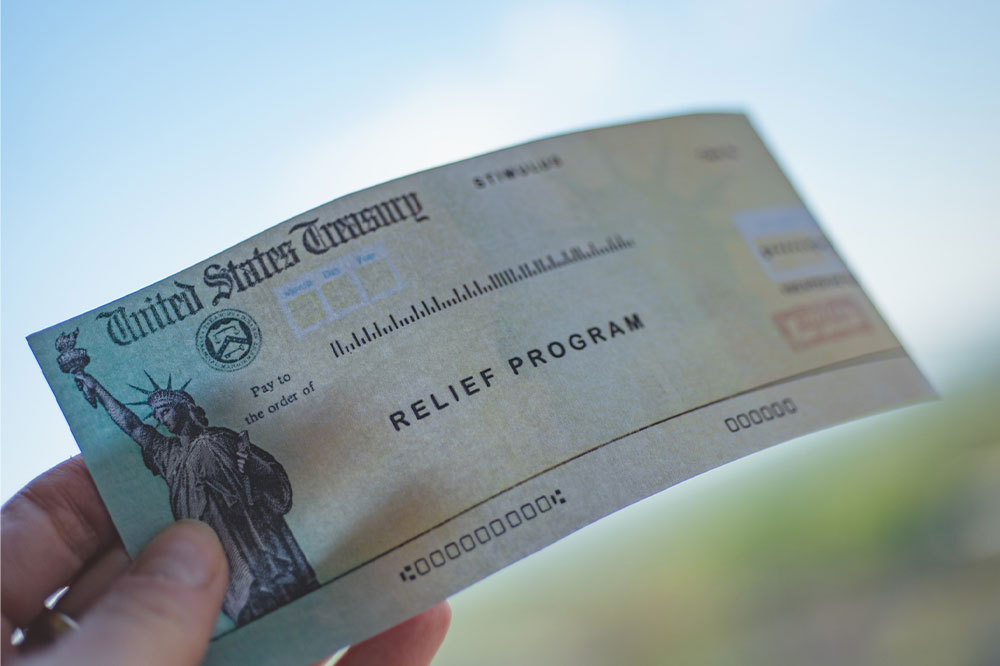Understanding Economic Relief Payments and Their Impact
Discover how economic relief payments, including stimulus checks, are distributed, their purpose, eligibility criteria, and historical examples. Learn how these payments support individuals and stimulate the economy during crises, with updates on recent government actions and state-specific initiatives to combat rising costs.

Understanding Economic Relief Payments and Their Impact
Periodically, online reports suggest the economy is in decline or facing collapse. Such news can be alarming, often filled with complex financial jargon that confuses the general public. One key term is economic relief payments, also known as stimulus checks or recovery rebates. It's essential for every taxpayer to understand what these payments are and how they influence personal finances and the broader economy.
What Are Economic Relief Payments?
These payments are direct funds provided to citizens by the government to energize economic activity. Distributed via direct deposit or mailed checks, the goal is to boost consumer confidence and maintain spending during challenging times.
Recipients can allocate this money toward rent, mortgage payments, daily expenses, savings, or investments. By injecting money into the economy, the government aims to increase sales for retailers and manufacturers. These payments form a vital component of larger stimulus packages designed to support economic stability.
How Stimulus Checks Are Distributed
Legislation passed by Congress determines the eligibility and distribution of relief payments. Some payments go to all taxpayers, while others target specific income brackets or groups, including government employees. Once approved, the IRS begins disbursing checks either through mail or bank transfers. It's also worth noting that such payments are generally non-taxable, and the amount varies based on filing status; married couples typically receive double the amount of individuals.
Who Qualifies for Relief Payments?
The criteria for receiving economic relief payments are flexible and depend on current economic conditions. Usually, any tax-paying citizen qualifies, even those receiving social security benefits, provided a representative payee manages the funds. These payments are separate from social security or SSI benefits and are intended as temporary financial support during crises.
Historical Relief Payments
Examining past distributions provides insight into how these payments function:
2008: To address the financial downturn, the government issued approximately $120 billion in stimulus checks. Qualifying individuals received up to $600, while married couples could receive up to $1,200. An additional $300 per child was provided for families.
2020: During the COVID-19 pandemic, laws authorized payments of up to $1,400 per adult and $500 per child, based on income limits. Higher earners received smaller rebates.
2020: A second round in December provided $600 per person and $600 per dependent, aiming to further stabilize the economy.
2021: The American Rescue Plan allocated $1,400 checks for qualifying individuals and dependents, with income caps excluding higher earners.
As the pandemic receded, concerns about inflation grew. Some states opted to issue their own relief payments in 2022, offering additional financial support to residents facing rising living costs. Interested individuals should check local government channels for more details.
Important Notice:
The information provided here results from research, data analysis, and expert insights. However, financial situations change, and policies may be updated. We recommend consulting with a professional before making any financial decisions, as the content may not reflect the latest developments or individual circumstances.










